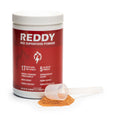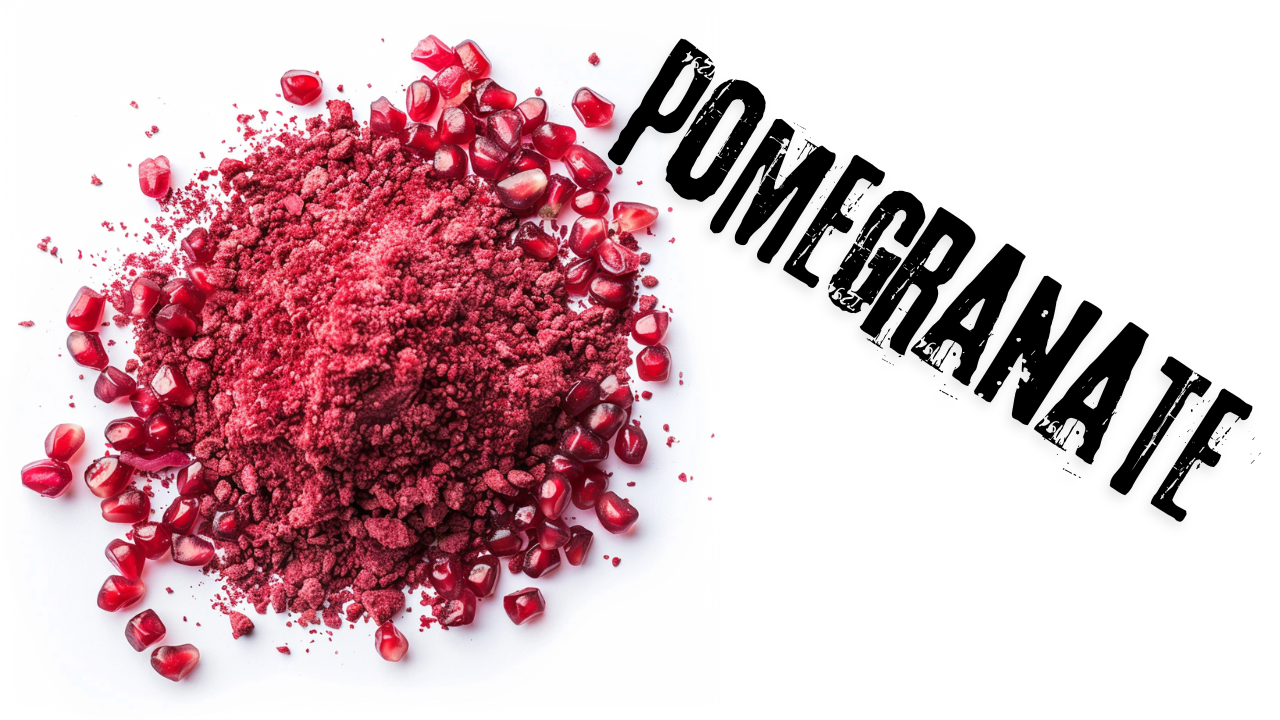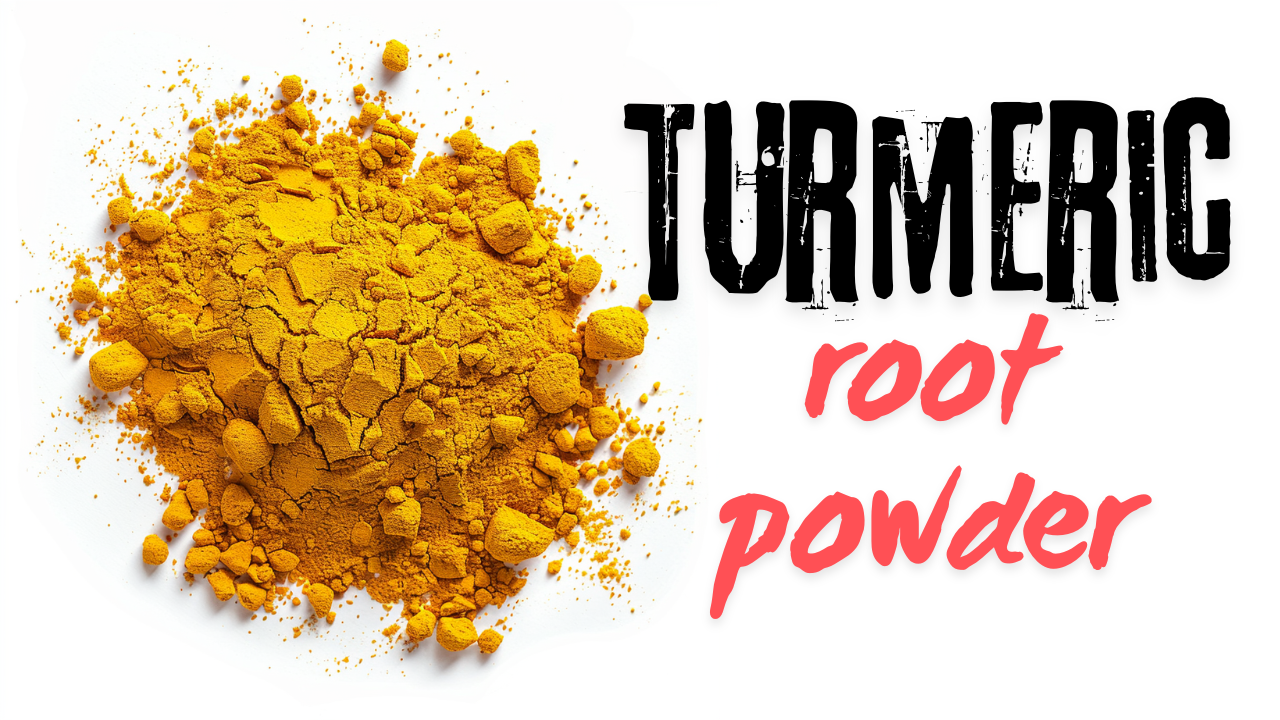Whenever you find yourself wandering through a farmers' market or even your local grocery store, you're often met with a spectrum of colors from nature's pantry. Among these, the color red stands out not just for its vibrancy but for its consistent association with high nutrient content. Let's delve into the world of red foods and understand why this hue often signifies a treasure trove of health benefits.
Nature's Red Signal
Nature has a way of advertising. Just as bright flowers attract pollinators, vividly colored fruits and vegetables often house potent nutrients. The color red, in the context of food, is often the flag of a specific set of phytochemicals and antioxidants that offer a range of health benefits.
Lycopene Love
One of the most renowned compounds associated with red foods is lycopene, predominantly found in tomatoes. Lycopene is an antioxidant that has been extensively studied for its potential protective effects against certain types of cancers, particularly prostate cancer. Moreover, this compound has been linked to heart health and sun protection for the skin.
- [Reference: British Journal of Dermatology, 2011]
Anthocyanins: More than Just Color
Red berries, cherries, and other similar fruits are rich in anthocyanins. These compounds don't just give these fruits their appealing color but also exhibit anti-inflammatory, anti-viral, and anti-cancer properties. They help in neutralizing free radicals, thereby playing a role in protecting the body's cells.
- [Reference: Journal of Agricultural and Food Chemistry, 2004]
Betalains in Beets
Beets owe their deep red (or sometimes golden) hue to betalains. Apart from being potent antioxidants, betalains have been associated with liver detoxification processes and reducing inflammation.
- [Reference: Nutrients, 2018]
Vitamin C & Bioflavonoids
Many red foods, like strawberries and red peppers, are packed with Vitamin C, essential for skin health, immune function, and collagen synthesis. Paired with this are bioflavonoids that enhance the absorption of Vitamin C, promoting better immunity and anti-inflammatory benefits.
- [Reference: Journal of Clinical Biochemistry and Nutrition, 2016]
The Fiber Factor
While not exclusive to red foods, many of them are rich in dietary fiber, vital for digestive health. Foods like raspberries, apples (with skin), and pomegranates provide a significant portion of daily fiber needs, promoting better gut health and aiding in weight management.
Sealed with Resveratrol
Red grapes, and subsequently red wine, contain resveratrol, a compound that has been at the forefront of discussions about heart health. Studies suggest that resveratrol can offer protection against arterial damage, reduce LDL (bad cholesterol), and prevent clot formation.
- [Reference: American Journal of Clinical Nutrition, 2011]
The Allure of Red Foods
Incorporating red foods into your diet is not just about adding a splash of color to your plate but about enriching your body with an array of essential nutrients. It's a testament to the saying, “Eat the rainbow,” where each color brings its own set of unique health benefits.
Next time you see a ripe, red tomato or a luscious strawberry, remember it's nature's way of signaling that there's more than just taste on offer. With Reddy Red Superfood Powder, you're getting a concentrated dose of these red wonders, ensuring that you're not missing out on any of the scarlet goodness. Embrace the red and let your health shine!























